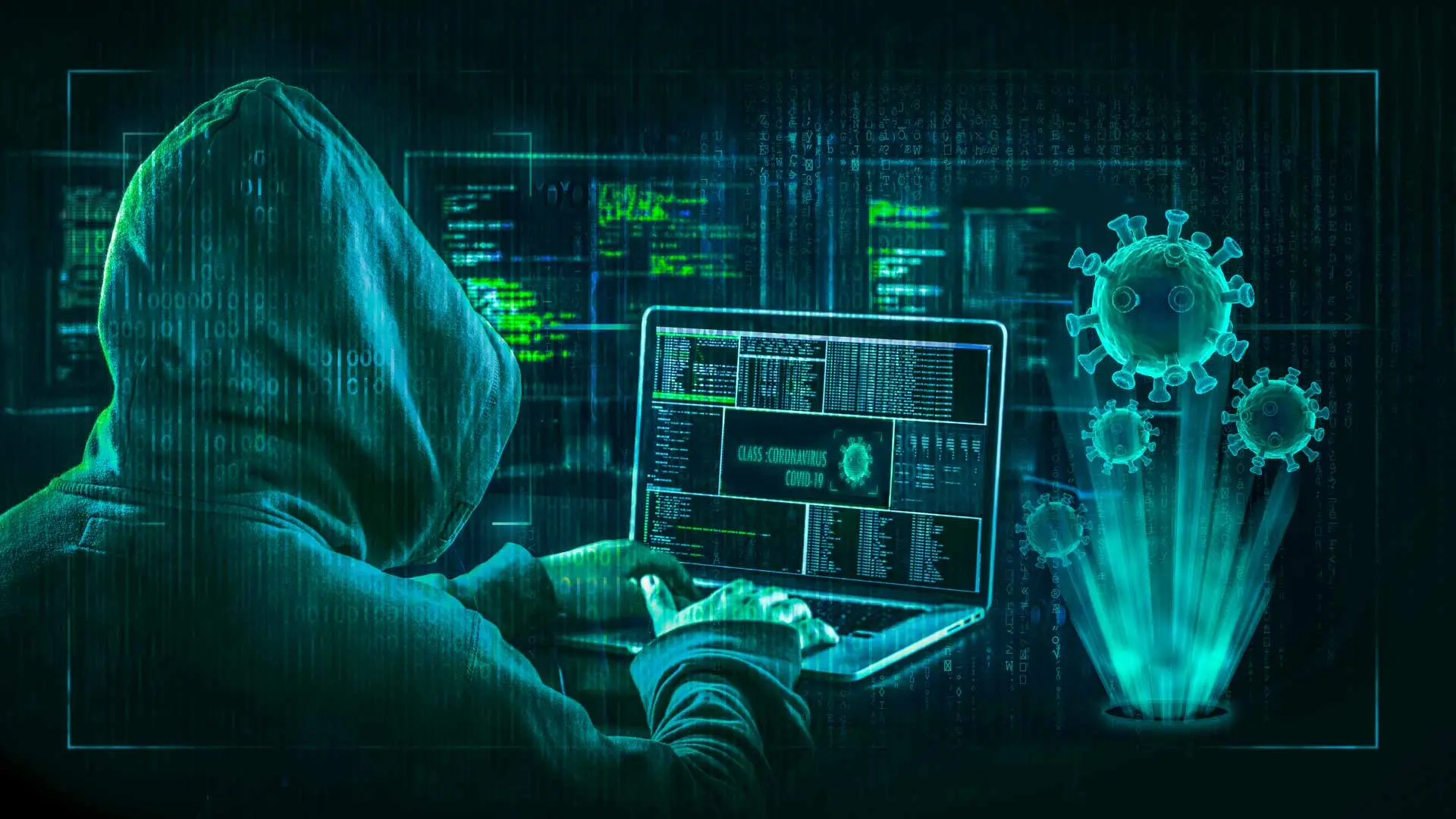In today’s digital landscape, small businesses face the same cybersecurity threats as larger enterprises, but often without the robust defenses that larger companies can afford. SentinelOne offers an advanced and scalable solution that is particularly well-suited for small business environments. Here’s why SentinelOne should be your go-to choice for endpoint security.
1. Comprehensive Threat Protection
SentinelOne provides real-time protection against a wide range of threats, including ransomware, malware, and phishing attacks. Its AI-driven threat detection continuously monitors endpoints, identifying suspicious behavior and taking automated action to contain and remediate threats.
2. Ease of Use and Deployment
Small businesses typically lack dedicated IT security teams. SentinelOne’s intuitive interface and automated workflows make it easy to deploy and manage, even for those without specialized cybersecurity expertise.
3. Automated Response and Recovery
In the event of an attack, SentinelOne’s automated response capabilities kick in immediately, isolating infected systems and performing remediation tasks without requiring manual intervention. This rapid action helps minimize downtime and data loss.
4. Scalability for Growing Businesses
As your small business grows, so does your cybersecurity footprint. SentinelOne’s scalable architecture allows you to easily add new devices and endpoints without disrupting existing protection.
5. Real-Time Visibility and Control
SentinelOne provides detailed visibility into your network, giving you insight into potential vulnerabilities and attack vectors. The platform’s centralized dashboard lets you monitor and manage endpoint security from a single pane of glass.
6. Cost-Effective Solution
SentinelOne’s value lies not only in its advanced protection but also in its ability to reduce costs associated with manual threat detection and response. Investing in a robust solution now can save your business from costly data breaches down the line.
Final Thoughts
For small businesses aiming to protect their digital assets without breaking the bank, SentinelOne is an ideal choice. Its AI-powered capabilities, user-friendly interface, and automated response features make it a powerful yet accessible tool for keeping your business secure.
Contact us today to learn more about how SentinelOne can safeguard your small business.






 YouTube has long been a hunting ground used by hackers and scammers to push all manner of hoaxes, scams and malicious code onto unsuspecting users. A security researcher known only as Frost is working for Cluster 25.
YouTube has long been a hunting ground used by hackers and scammers to push all manner of hoaxes, scams and malicious code onto unsuspecting users. A security researcher known only as Frost is working for Cluster 25.